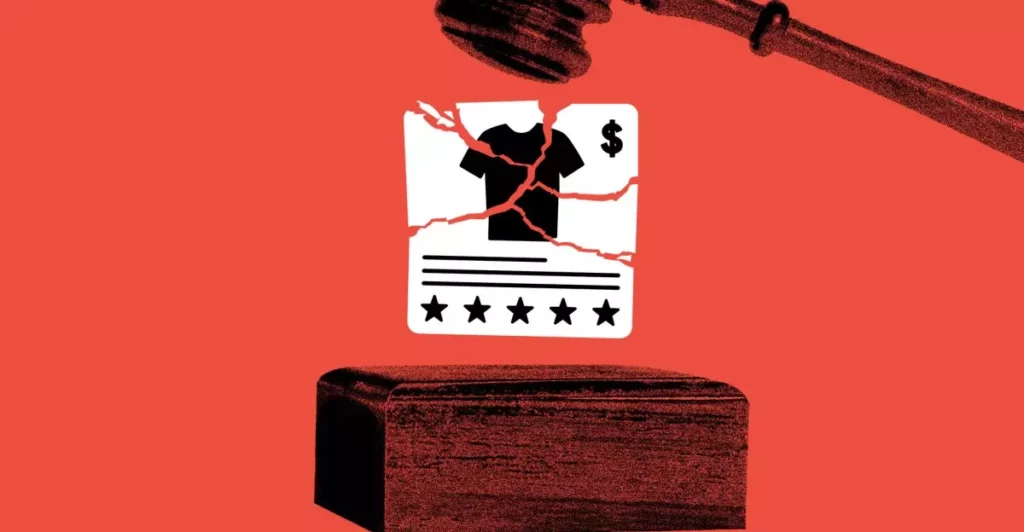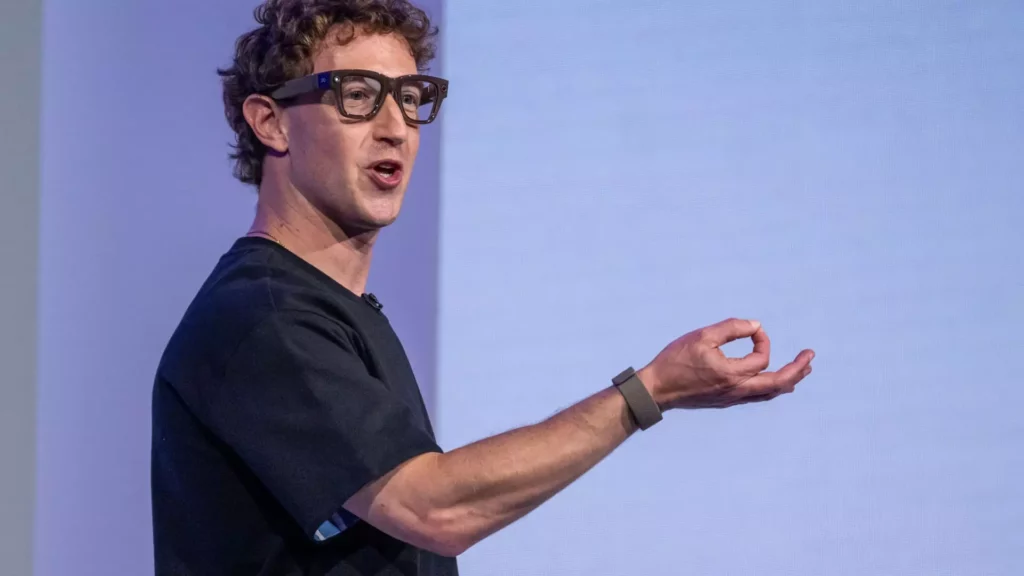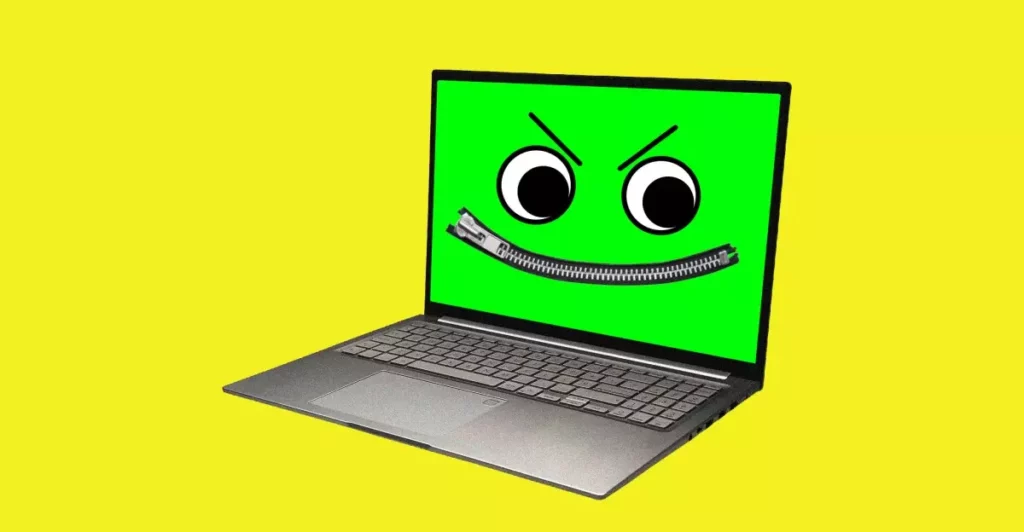As we plunge deeper into an era dominated by digital interactions, the need for robust identity verification systems has never been more pressing. The joint venture between OpenAI’s Sam Altman and a group of visionary technologists heralds the launch of World, an innovative biometric identity verification initiative. This project, launching with its signature device called the Orb, aims not only to streamline the identification process in a secure manner but to address the troubling ramifications of technological advancements that have given rise to identity fraud and AI misuse, such as deep fakes.
The Orb’s operation involves a futuristic eye-scanning mechanism that meticulously examines both facial characteristics and the unique patterns of the iris. This dual analysis creates an indispensable digital code that clearly differentiates human users from artificial counterparts. What sets World apart is not merely its innovative technology but its keen focus on incentivizing user participation. Upon establishing their identity through the Orb, participants receive rewards in the form of World’s cryptocurrency, WLD, which fosters greater engagement within various digital realms, including platforms such as Minecraft, Reddit, and Discord. This development reimagines identity verification as a tool for creating an environment of trustworthy online engagement, counteracting the cycle of misinformation and deceit that is often exacerbated by poorly regulated digital spaces.
Responding to the Crisis of Trust
The urgency surrounding the launch of World cannot be overstated, especially against a backdrop of skyrocketing identity fraud. Adrian Ludwig, the chief architect at Tools for Humanity—the driving force behind World—has underscored the rapidly evolving demands of both businesses and government institutions as they grapple with the new realities of AI-enhanced fraud. This is not a distant concern; it has become an omnipresent threat affecting users daily. The implications extend beyond minor inconveniences; they ripple into crucial areas encompassing banking services, voting, and social engagement.
Critically, Ludwig argues that the transition from an abstract concept to a functional and scalable identity verification network is essential as fraud becomes ever more sophisticated. The design envisions not just a temporary solution but a comprehensive framework for verification that anticipates the digital future, creating a level of online integrity that flatly rejects the chaos of uncertain digital interactions.
However, even esteemed innovations such as World are bound to face skepticism. Formerly branded as “Worldcoin,” the project has been ensnared in controversies primarily centered around personal privacy issues. Critics warn that user data could still be vulnerable despite the company’s assurances about utilizing encryption techniques and deleting original biometric data after verification. World’s reliance on decentralized and device-based checks instead of the traditional centralized storage systems found in social networks like Facebook and TikTok potentially alleviates some fears, but whether this will satisfy public apprehension remains an open question.
Navigating the Regulatory Labyrinth
As the psychological burden of security weighs heavily on users, the challenge facing World extends beyond technology—it hinges on regulatory validation. The global landscape for identity verification is undergoing a dramatic transformation, with various governments exploring digital ID schemes that can serve as replacements for traditional documentation. However, historical examples like India’s Aadhaar program underline the risks associated with faulty implementations that not only fail to protect but may also exacerbate existing socio-economic disparities.
Ludwig posits that World offers a refreshing alternative during a period when authorities increasingly perceive such technologies as necessities to enhance national identity frameworks. The ongoing dialogue between World and regulatory officials illustrates the deep-rooted complexities as they explore pathways that allow novel technologies to thrive without sacrificing essential user protection. The challenge is to create a regulatory environment that balances forward-thinking innovation with adequate safeguards against digital vulnerabilities.
A Vision for the Future
The ambition driving World is crystal clear: it aspires to expand its identity verification network and to create a safer digital landscape where users can confidently engage in various online arenas. In an age where our online identities are continuously shaped by technological progress, systems that reinforce and authenticate these identities are becoming fundamental. World positions itself at the frontline of this crucial evolution in identity verification.
By radically transforming our understanding of identity and its verification, World reminds us that progress must come with profound responsibility. Each engagement with technology requires thoughtful consideration, advocating for a digital ecosystem where personal integrity is not just a right but an expectation. In the quest for a secure interaction framework, the onus lies as much on users as it does on innovators, compelling us to forge a partnership committed to safeguarding our digital selves.









Leave a Reply